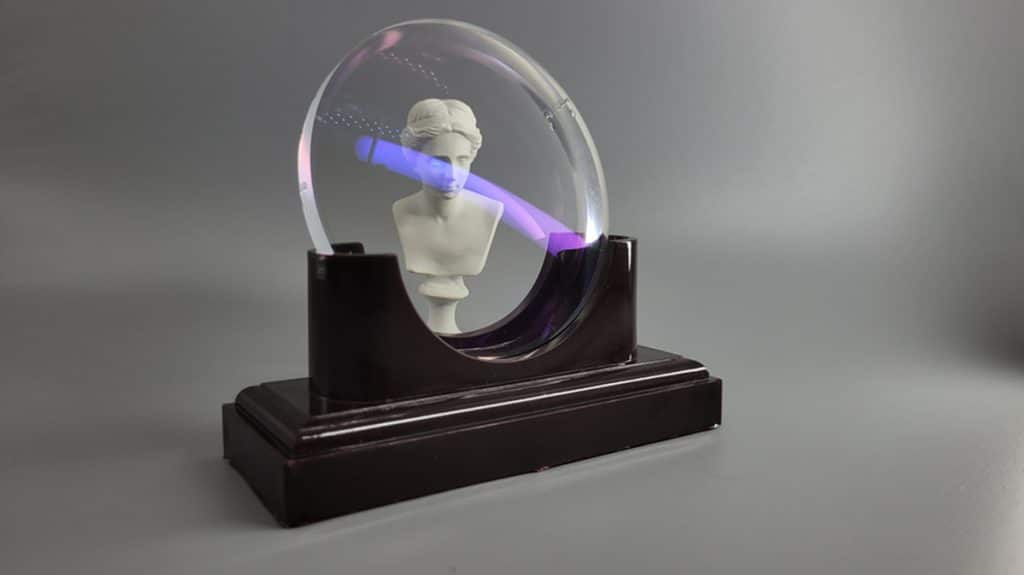Ray-Ban Sunglasses and Their History

Ray-Ban is a globally recognized and preferred sunglasses brand. A symbol of luxury quality and style, Ray-Ban has gained iconic status, especially with its Aviator and Wayfarer models. Established in the United States in 1937, the brand initially made a name for itself by producing glasses designed for pilots. Today, it has become an indispensable part of fashion. This section provides a brief overview of the brand’s origins and its place in the industry.
History
Ray-Ban was designed in the 1930s to protect American Air Force pilots’ eyes from the intense sunlight at high altitudes. Initially marketed under the name “Anti-Glare,” these glasses featured green mineral glass lenses and lightweight gold frames. Re-released under the Ray-Ban brand in 1937, this model became known as the “Aviator.” During World War II, the Aviator became indispensable for American pilots and evolved into a cultural icon.
In the early 1950s, Ray-Ban decided to diversify its offerings and began developing new models. The Wayfarer model, introduced during this period, revolutionized eyewear technology with its modern design featuring plastic frames. The Wayfarer gained widespread fame through Hollywood films during the 1950s and 60s, becoming an integral part of pop culture.
As Ray-Ban reached a broader audience from the 1960s onward, new models like the Clubmaster were designed. Reflecting the iconic style of the 1980s, the Clubmaster secured a significant place in popular culture. Acquired by the Luxottica Group in 1999, Ray-Ban solidified its position on the global fashion stage, expanding its product range with various designs and innovative technologies.
During this period, the Ray-Ban brand not only produced eyewear but also became a symbol influencing fashion and pop culture. Continuously renewing and expanding itself with each new decade, Ray-Ban has succeeded in becoming one of the most valuable and recognized fashion icons of modern times.
Iconic Models
Ray-Ban has developed many sunglass models recognized and preferred by people worldwide. This section provides a deeper look into the brand’s three most iconic models: Aviator, Wayfarer, and Clubmaster.
Aviator
Designed in 1937, the Aviator model is known for its round, large lenses, metal frame, and characteristic bridge design. Initially created to meet the needs of American military pilots, these glasses were designed to protect pilots’ eyes from the sun’s harmful rays at high altitudes during World War II. Post-war, the Aviator seeped into civilian fashion, embraced by movie stars and music icons, and eventually became an indispensable part of global fashion.
Wayfarer
Released in 1952, the Wayfarer is Ray-Ban’s first model designed using plastic frames. Known for its thick frame and slightly angled design, this model is considered one of the symbolic elements of modern American culture. It quickly gained popularity after being used by James Dean in “Rebel Without a Cause” and Audrey Hepburn in “Breakfast at Tiffany’s.” The Wayfarer became popular once again in the 1980s, holding a significant place in the music world, preferred by many rock and pop artists.
Clubmaster
Introduced in the early 1980s, the Clubmaster is another popular model that modernizes Ray-Ban’s vintage style. Offering a semi-framed design inspired by the Browline glasses of the 1950s, this model balances a distinctly thick upper part with a thin lower line. The Clubmaster became popular, especially in academic and intellectual circles, bringing vintage fashion understanding into a modern frame. This model is frequently seen in cinema and television, offering a retro-modern appeal.
Ray-Ban Lens Quality
Ray-Ban glasses lenses are produced with superior technology and craftsmanship, making them ideal for eye health beyond being a fashion icon. This section provides a detailed look at the technological features of Ray-Ban lenses and the advantages they offer users.
Optical Clarity and Protection
Ray-Ban sunglasses are made from premium lenses that provide high optical clarity and excellent vision quality in various weather conditions. All Ray-Ban lenses filter 100% of harmful UVA and UVB rays, protecting eye health. Additionally, certain models’ polarization feature minimizes glare, filtering light from reflective surfaces like water and snow for more comfortable vision.
Technological Innovations
Ray-Ban continuously develops innovations in lens technology. For instance, Chromance lenses feature a special technology that enhances color vibrancy and clarity. These lenses include a blue light filter and color-balancing properties that enhance visual clarity. Moreover, anti-reflective coatings and anti-static properties make these lenses less susceptible to dirt and dust, providing users with ease of cleaning and maintenance.
Durability and Comfort
Ray-Ban lenses are made from scratch-resistant materials, ensuring they remain in excellent condition during long-term use. Additionally, the lightweight lens structure allows for comfortable wear, making the glasses usable for extended periods without causing discomfort. This ensures users can benefit from Ray-Ban glasses in any environment and during any activity.
Suitability for Environmental Factors
Ray-Ban also offers lens options that adapt to various environmental conditions. Photochromic lenses automatically adjust their tint according to ambient light conditions. These lenses provide excellent adaptation when transitioning from indoor to sunny outdoor environments, protecting users’ eyes in all conditions.
Ray-Ban has a deep-rooted history extending from past to present and is one of the pioneers in fashion. With its iconic designs and high-quality lenses, Ray-Ban continues to be a leading brand in the sunglasses industry. It is expected that the brand will maintain its position in the industry and continue to set trends in the fashion world by offering innovative products in the future.







